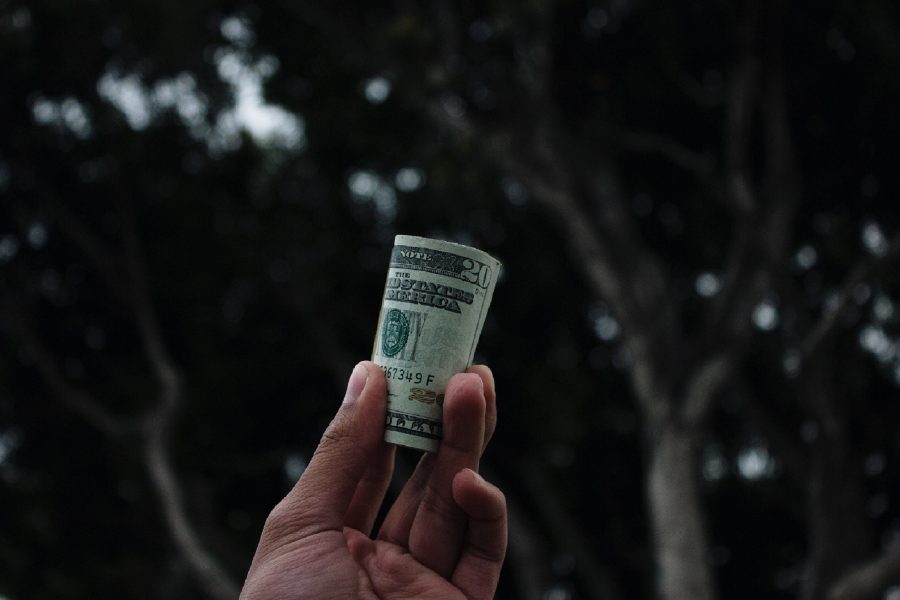Fundraising myths busted
January 12, 2017
The year is ending, prepare for an influx of donations … actually … no.
There is a myth surrounding the last few months of the year. They are believed to be the best time for fundraising because people are feeling “generous,” but the statistics bust this myth.
“Few people of any income bracket or level of giving make all their charitable gifts in any one time period,” said Kim Klein former publisher of The Grassroots Fundraising Journal.
According to neoncrm.com an organization’s year end planning can begin as early as October and 7.7 percent of final fundraising efforts can start as early as September, but remain primarily in November and December. About 28 percent of non-profits raise from 26 to 50 percent of their total funds from these final donations, but for 36 percent of non-profits these donations make up less than 10 percent of their total funds.
“In terms of the amount of fundraising work that can be accomplished, December is a short month. Very little actual work gets done between Dec.15 and Jan. 6,” Klein said.
There is important information to be aware of when attempting to get donations, but none of it revolves around the time of year. Word of mouth is the strongest form of persuasion since neoncrm.com says 67 percent of people do not research before giving, rather relying on the opinion of family or friends.
“Life is not scripted. Conversations with our donors should not be either,” said Lauren Semple from Aching Arms.
Knowing the people is key: Nonprofit Tech For Good says 72 percent of donations are made by an individual versus a foundation- 15 percent- or corporations- 5 percent-, those who donate monthly give 42 percent more money annually than those who give only once, women give 64 percent of donations, volunteers donate twice as much as non-volunteers, and the older generation give more toward places of worship compared to the younger generation who gives more to child development.
“If you need to raise funds from donors, you need to study them, respect them, and build everything you do around them,” said Jeff Brooks, creative director at TrueSense Marketing
Fundraisers must be aware of their audience to properly appeal to them. Only a small portion of people need to be fully engaged since Nonprofit Tech for Good notes 88 percent of funds come from only 12 percent of donors. Loyalty is important.
“Donor loyalty is not about the donor being loyal to you, it is you being loyal to the donor,” said Harvey McKinnon, President of Harvey McKinnon Associates.
The last crucial note is many people appreciate reminders to donate.
“Our instinct is to think that people don’t want to pay their pledge or will feel offended if we remind them, but the contrary is true,” Klein said.
It is false that the final months of the year are prime donating months. In reality they are similar to every other month of the year, but like all myths there is some truth behind it. 31 percent of donations are made in December, 12 percent of which happen in the last three days of the year. People often want to see how their income is before giving. People do not want to risk losing too much money, but people will not become poor with the loss of a few dollars.
“No one has ever become poor by giving,” Anne Frank said.
Donating at this time is not always due to a sense of selflessness or generosity. Some wealthier people wait to see how the stock market has done to know which shares are best to sell for the greatest tax deduction or self-employed people wait to see how their finances are. Some people give money on the last day of the year; organizations have gotten money because they are the only organization open and an individual needs to donate to get the tax deduction.
“In good times and bad, we know that people give because you meet needs, not because you have needs,” said fundraising consultant, Kay Sprinkel Grace
Even if donations are made, December is not the best time to reach out due to the large amount of competition in fundraising since the needs of the poor, homeless and hungry go up during the winter months.







